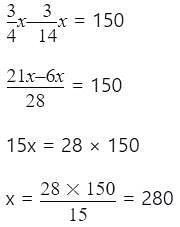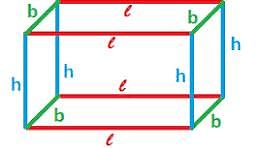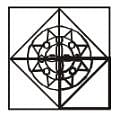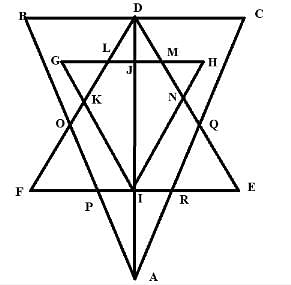HPCL Mechanical Engineer Mock Test - 6 - Mechanical Engineering MCQ
30 Questions MCQ Test - HPCL Mechanical Engineer Mock Test - 6
Directions: In questions given below out of four alternatives, choose the one which can be substituted for the given word/sentence.
Q. A person who insists on something.
In an examination, a student was asked to find  of a certain number, By mistake, he found
of a certain number, By mistake, he found  of it. His answer was 150 more than the correct answer. The given number is :
of it. His answer was 150 more than the correct answer. The given number is :
 of a certain number, By mistake, he found
of a certain number, By mistake, he found  of it. His answer was 150 more than the correct answer. The given number is :
of it. His answer was 150 more than the correct answer. The given number is :| 1 Crore+ students have signed up on EduRev. Have you? Download the App |
5, 8, 11, 14, … is an AP, what will be the a(10)?
A man goes from Point A to Point B by a car and comes back by a bicycle and it takes 5 hours in the entire journey. If he covers both ways by the bicycle it will take 8 hours. If he covers both ways by the car, how much time will it take?
The formula for finding total surface area of cuboid is
Does 210 falls in the AP: 21, 42, 63, 84…? If yes, then on which term?
30 liters of water is added to a 120 liters mixture containing 40% of alcohol. What is the percentage concentration of alcohol in the resultant mixture?
Three out of the four alternatives are same in a certain way and so form a group. Find the odd one that does not belong to the group.
Directions to Solve
Each of the following questions has a group. Find out which one of the given alternatives will be another member of the group or of that class.
Question -
Root, Stem, Branch
Which answer figure will complete the pattern in the question figure?

Direction: In a family, there are six members P, Q, R, S, T, U, and V are a married couple. P being the male member. S is the only son of R, who is the brother of P. T is the sister of S. Q is the daughter-in-law of U, whose husband has died.
Q. How is T related to R?
In the question find the number of triangles.
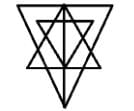
Directions to Solve
In each of the following questions find out the alternative which will replace the question mark.
Question -
Poles : Magnet :: ? : Battery
In this questions, a number series is given with one term missing. Choose the correct alternative that will continue the same pattern and fill in the black spaces.
Q. 6, 11, 21, 36, 56, (____)
An accurate record of changes made to release drawings is tracked via this:
Atmospheric pressure at ground level is approximately:
A man is climbing up a ladder up a ladder which is resting against a vertical wall. When he wasexactly half way up, the ladder started slipping . The path traced by the man is :
Work done in an adiabatic process between a given pair of end states depends on
The sum of internal energy (U) and the product of pressure and volume (p.v) is known as
The law of motion involved in the recoil of a gun is
The cycle in which heat is supplied at constant volume and rejected at constant pressure is known as
Which of the following constituents of steels is softest and least strong?
In a throttling process with negligible change in the potential and kinetic energies:
For isochoric processes, which of the following property remains constant?
The velocity at which the flow changes from laminar flow to turbulent flow is called
Find the chip thickness ratio if chip thickness before cutting = 0.2mm and chip thickness after cutting = 0.4mm in orthogonal cutting operation
The friction experienced by a body when in motion is known as


